Putin’s enemy Alexei Navalny was “tightly bound by his arms and legs” for four to five hours before being declared dead, a new report claims.
Russian human rights organization gulagu.net alleged that a forensic expert who examined the body of the 47-year-old opposition leader has been pressured by the secret services to conceal his findings.
Initial Russian reports say Navalny died of a “dislodged blood clot” in a hellish Arctic prison, nicknamed Polar Wolf, where he had been imprisoned in an act of political repression.
Now, in a brief report, the organization states: “The forensic expert was pressured to conceal the discovery of blood clots… in the calf and arm muscles.”
This indicated “the formation of blood clots as a result of disruption of normal blood circulation.”
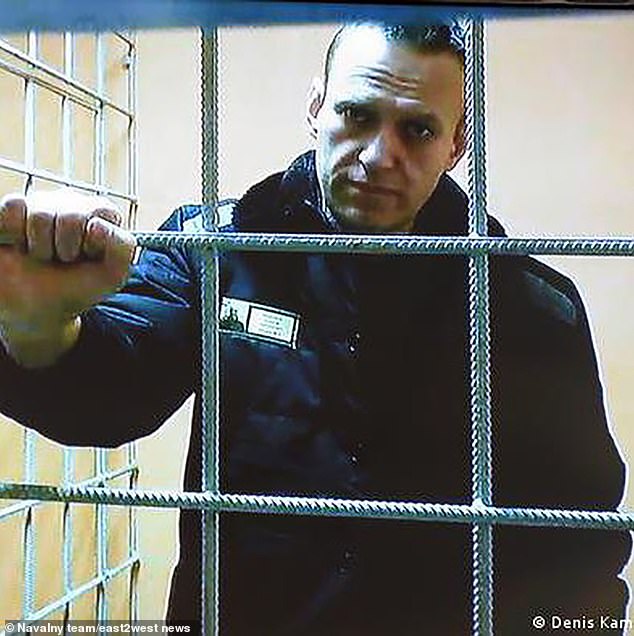
A new report claims that Russian opposition leader Alexei Navalny was “tightly bound by his arms and legs four to five hours before he died” on February 16.
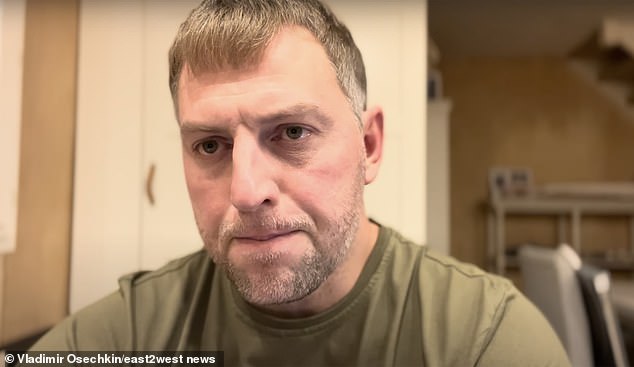

Vladimir Osechkin, human rights activist and founder of Gulagu.net, a human rights organization fighting corruption and torture in Russia.
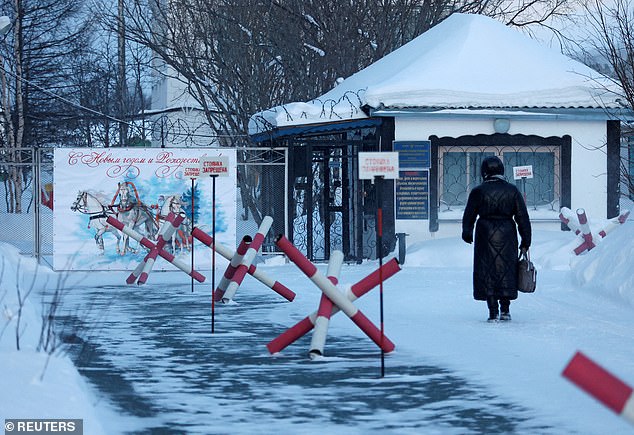

The entrance to the IK-3 Arctic penal colony where Navalny was held since December 2023
One source said the forensic expert “was inclined to believe that four or five hours before the onset of biological death, the prisoner was tied up by his arms and legs.”
His limbs “were tightly tied so that blood stagnated and clots formed, which then blocked the pulmonary artery and blood vessels of the brain,” said a statement from the organization, headed by Vladimir Osechkin.
No evidence was offered for the allegation of direct physical abuse, but Western leaders and other Russian opposition figures have already claimed that Navalny was killed on the orders of Vladimir Putin.
The forensic expert and investigators of the investigation committee “are under intense pressure from the Federal Security Service (FSB) to hinder the investigation.”
They are told to “conceal the circumstances of the commission of a particularly serious crime against Alexei Navalny: torture and contract murder.”
Russian authorities are known to have extended the deadline for a preliminary investigation into the still unexplained death of the imprisoned Russian opposition leader.
The new date is April 20, according to Ivan Zhdanov, director of Navalny’s Anti-Corruption Foundation.
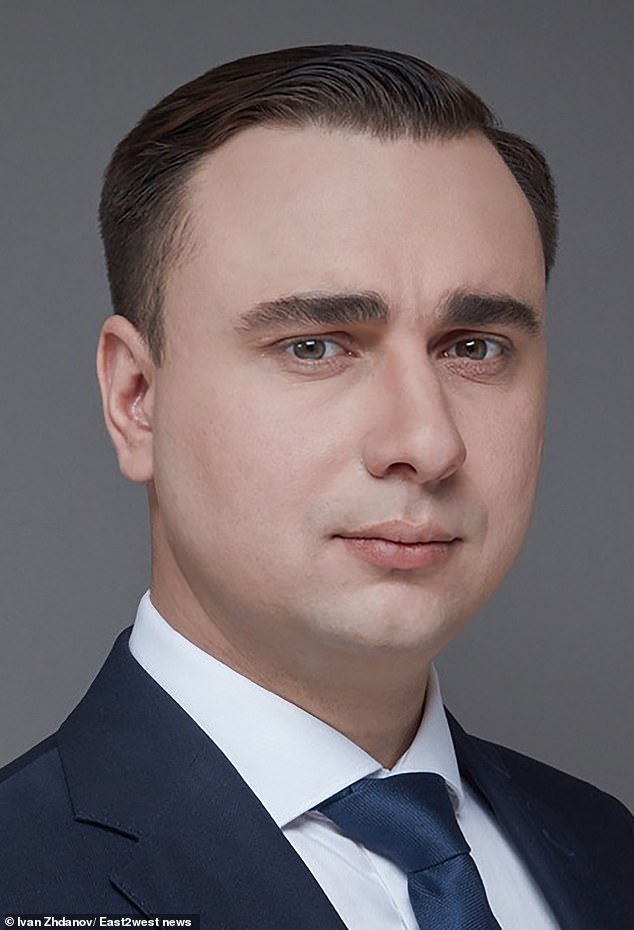

Russian authorities have extended the deadline for a preliminary investigation into Navalny’s death. Ivan Zhdanov, head of Navalny’s Anti-Corruption Foundation, said the new date is April 20.
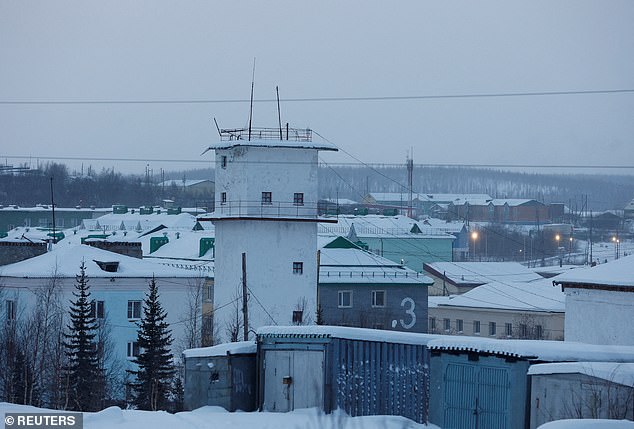

Initial Russian reports say Navalny died of a “dislodged blood clot” in a hellish Arctic prison.
This means that “there is still no official information from the government on the cause of death,” he said.
The FSB has been accused of a previous attempt to assassinate Navalny by poisoning him with the nerve agent Novichok.
Navalny died suddenly on February 16 in a remote Arctic penal colony, where he was serving a 19-year sentence on extremism charges that many consider to be politically motivated.
He had appeared on video shortly before his death and appeared healthy.
Russian prison authorities initially said the politician “felt unwell” and fainted after a walk in the prison yard, but no specific cause of his death has been revealed to date.
Navalny’s mother, Lyudmila Ivanovna, was shown a medical certificate stating that her son had died of “natural causes.”
But after his death, her late son’s body was handed over to her after an agonizing nine-day wait as she waited in Salekhard, near the spooky IK-3 Arctic penal colony where Navalny had been detained since December.
Navalny’s spokeswoman Kira Yarmysh said the Investigative Committee, the country’s main criminal investigation agency, informed Lyudmila Navalnaya that the official investigation into the death had been expanded.
“They lie, they buy time and they don’t even hide it,” Yarmysh wrote in X.
Yulia Navalnaya accused Russian authorities of hiding Navalny’s body to wait for traces of the nerve agent to disappear.
Russian officials have vehemently denied that Navalny was murdered and said at the time that they would not release the body to the family for 14 days while investigators looked into the confusing circumstances surrounding his death.
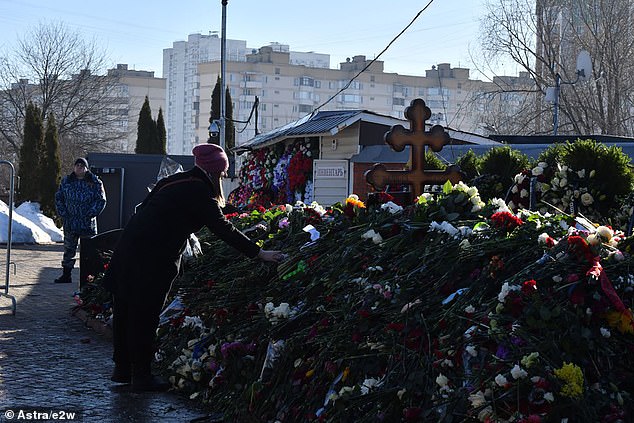

On March 1, a brief funeral for the opposition leader was held in Moscow as brave mourners paid their respects, despite fears of mass arrests.
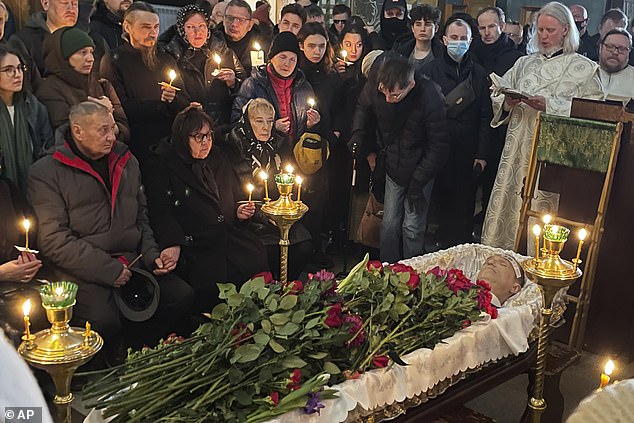

Family and friends pay their last respects at the coffin of Russian opposition leader Alexei Navalny at the Church of the Icon of the Mother of God Soothes My Sorrows, March 1.
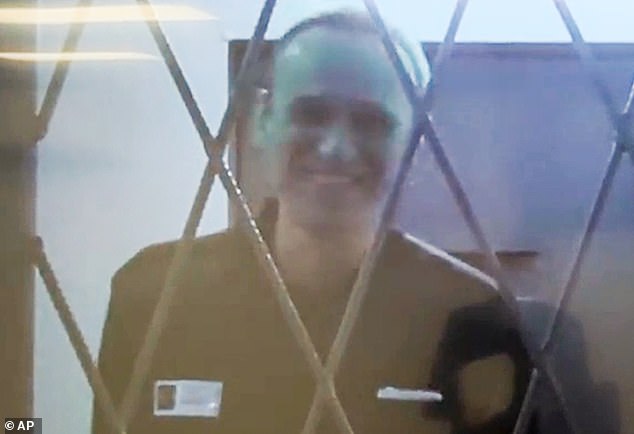

Navalny was last seen on February 15 (pictured), the day before his death.
Navalny’s widow said Russian President Vladimir Putin was “Satan” for holding her late husband’s body “hostage.”
Maria Pevchikh, an exiled Navalny ally, said he was killed while steps were being taken to exchange him in a prisoner swap.
Putin appeared to back the theory that Navalny could have been traded, but said: “Unfortunately, whatever happened, happened.”
On March 1, a brief funeral for the opposition leader was held in Moscow as thousands of mourners gathered around his open coffin.
Photos from the event showed the coffin being carried among large crowds of mourners, some of whom held red flowers, as they bravely gathered despite fears of mass arrests.
Brave mourners chanted ‘Navalny, Navalny!’ As the coffin was taken out of a black hearse and taken to a Russian Orthodox church – the Church of the Icon of the Mother of God Soothes My Sorrows – and as the coffin was removed less than an hour later, the people chanted again: ” Russia without Putin”, “Putin is a murderer” and “We will not forget him”.

